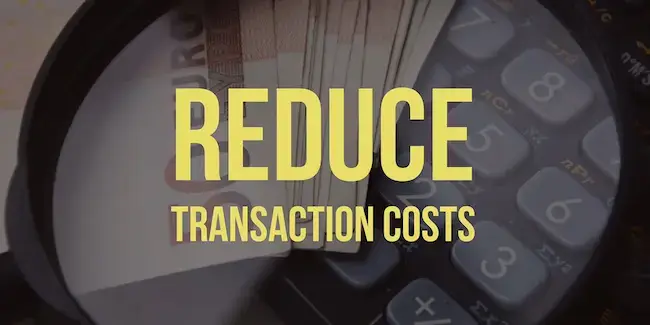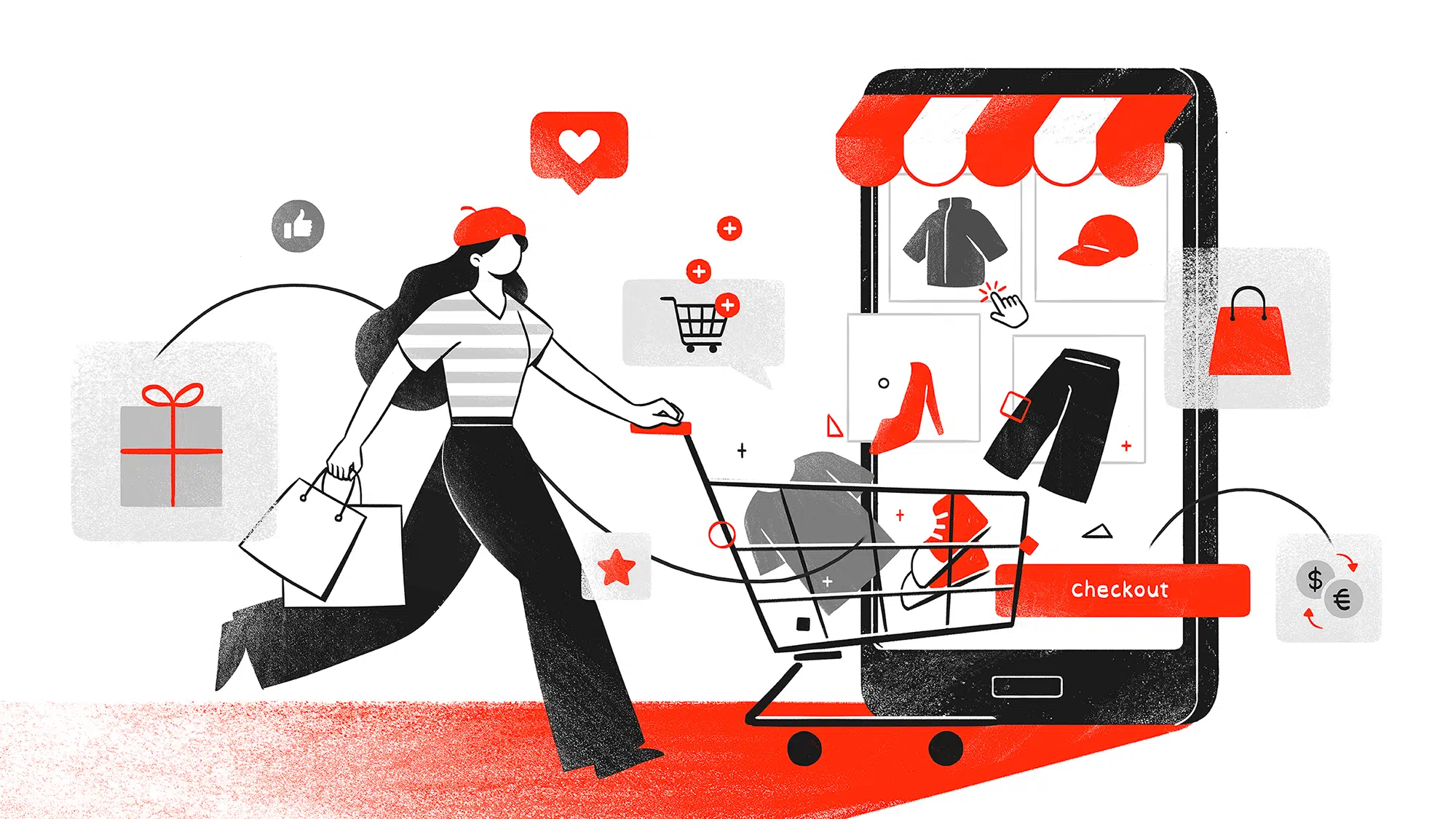How to Optimize Payment Solutions for Businesses
Welcome to the ultimate guide to optimizing payment solutions for businesses—a subject so riveting it practically sizzles! Whether you’re a fledgling startup or a seasoned entrepreneur, you know that the lifeblood of any business is its cash flow. But let’s get real; payment solutions are like dating.
Table of Contents
Some are reliable, some are flaky, and you’ve got to sift through a lot to find your perfect match. From transaction costs to the high-tech world of mobile payments, we’ve got the scoop on how to make your payment process smoother than a freshly shaved poodle. Let’s dive in!
What is the best payment method for small businesses?
The best payment method for small businesses depends on various factors such as customer preferences, transaction volume, and budget. However, versatile options like accepting credit and debit cards, mobile payment apps, and digital wallets are often considered the best choices as they offer convenience and flexibility to customers.
What does a payment solutions company do?
A payment solutions company provides services and technology to facilitate and process financial transactions for businesses. They offer payment processing, merchant accounts, payment gateways, fraud prevention, and other related services to help businesses securely accept and manage payments from customers through various channels such as online, mobile, and in-store.
Reduce Transaction Costs
Ah, the transaction fee, the bane of every entrepreneur’s existence! Wait, let me correct myself—transaction fees are more like a necessary evil. Sure, they keep payment providers in business, but it’s your business that we’re talking about! It’s critical to shop around for payment solutions that offer the lowest fees while still providing top-notch service. Believe me, even a fraction of a percentage can make a world of difference over time.
I cannot stress this enough: read the fine print. We all know it’s about as exciting as watching paint dry, but hidden fees are sneakier than a cat on a hot tin roof. From setup fees to monthly charges, make sure you’re not paying an arm and a leg just to conduct business.
You may also consider negotiating fees with your provider. Yes, you read that correctly; this isn’t a one-sided relationship. If you’re bringing in a substantial amount of transactions, you might have some bargaining power. It’s like dating; don’t settle until you’ve found “the one” (or at least, the one with the least amount of financial commitment)!
Streamline Checkout Process
Do you know what feels like an Olympic sprint but is actually a marathon for your customers? The checkout process! In an age where even a second’s delay can lead to cart abandonment, it’s imperative to make the checkout process as smooth as peanut butter. No, not the crunchy kind; think silky and effortless.
A simplified checkout doesn’t just mean fewer steps, but also less unnecessary friction. Remove any roadblocks like compulsory account creation or redundant information fields. Your customers shouldn’t feel like they’re navigating an obstacle course just to give you their money.
Lastly, consider one-click payments for returning customers. Because let’s face it, we’re all a little lazy at heart. If you offer the option to save payment information securely, you not only speed up future purchases but also boost customer loyalty. It’s a win-win, like finding an extra fry at the bottom of the bag!
Enable Multiple Currencies
Picture this: a customer lands on your site, thrilled to find that perfect item they’ve been searching for. They proceed to checkout and—bam!—everything’s in a currency that might as well be hieroglyphics. Talk about a mood killer. Enabling multiple currencies isn’t just polite; it’s good business sense. Think of it as offering a warm welcome to international customers in their native financial “language.”
Now let’s get a bit nerdy; don’t roll your eyes! Dynamic currency conversion is a nifty tool that can automatically detect and display prices in a visitor’s local currency based on their geographic location. Trust me, this feature is the unsung hero of international e-commerce.
Remember, people like familiarity. Seeing prices in a recognizable format eliminates any conversion guesswork and encourages that final click to purchase. It’s like ordering a latte in Italy and finding out they actually know what a “venti” is. Comforting, right?
Offer Various Payment Methods
Life’s all about choices, whether it’s choosing between Netflix or a good book, or deciding between credit and digital wallets at checkout. EFTPOS providers like Smartpay are leading the charge in offering diversified options for your business, making sure you’re not missing out on any customer segment..
A broader range of payment methods can tap into different customer segments. You know what they say, “The wider the net, the more fish you catch.” Or in this case, the more satisfied customers you reel in.
Don’t forget to keep an eye on emerging payment trends. Staying ahead of the curve can give you a competitive edge. Imagine being the first in your industry to accept a groundbreaking payment method; you’d be the talk of the entrepreneurial town! Just like that person who shows up at a casual event wearing a tuxedo—everyone notices.
Implement Fraud Prevention
Raise your hand if you’ve ever had to deal with the headache of a fraudulent transaction. Unfortunately, that’s a club nobody wants to join. Fraud prevention should be at the top of your to-do list, right along with “drink coffee” and “conquer the world.” Investing in a robust fraud prevention system can save you money, time, and a boatload of stress.
You wouldn’t leave your front door wide open when you go on vacation, would you? Likewise, you need to secure your business with multi-factor authentication, real-time monitoring, and smart algorithms that can detect fishy behavior. It’s like having a cybersecurity bouncer at the door of your virtual club, only letting the good folks in.
Here’s a hot tip: make sure your system provides detailed transaction reports. If, heaven forbid, fraud does occur, you’ll have all the data you need to resolve the issue quickly. Think of it as your little black book of alibis—indispensable when you need to prove your innocence or, in this case, save your revenue.
Optimize Mobile Payments
Let’s face it, we’re all glued to our phones like bees to honey. The rise of mobile payments is as inevitable as your phone battery dying at the worst possible moment. Offering a smooth mobile payment experience isn’t optional; it’s a must. If you’re not on this train yet, you’re standing at the station waving goodbye to potential sales.
The secret sauce? A responsive design that’s as sleek as a sports car. Buttons should be thumb-friendly, and text should be legible without requiring a magnifying glass. Nobody likes squinting at their screen like they’re deciphering ancient runes.
Here’s the cherry on top: quick load times. In the mobile world, time is money, literally. Research shows that even a one-second delay in page load time can lead to a 7% loss in conversions. It’s like waiting for a video to buffer right at the climax—frustrating, disappointing, and oh-so-avoidable. Optimize those load times and watch your conversion rates soar, my friends!
Use Analytics for Insights
Data, my dear Watson, is the unsolved mystery of the digital world. But with the right tools—ta-da!—you can become the Sherlock Holmes of your own e-commerce empire. By using analytics, you can track not just who is buying, but how, when, and why they’re making those all-important clicks. The game is afoot!
Here’s the plot twist: you don’t have to be a data scientist to get it. Most payment solutions come with some pretty nifty dashboards that serve insights like a bartender serves drinks—quickly and efficiently. From transaction trends to customer behavior, the information you gain is your secret weapon for making well-informed business decisions.
Humor me for a moment: imagine you’re a detective with a magnifying glass, sifting through the data for hidden gems. Those gems could be anything from peak transaction times to bottlenecks in the payment process. Once you find them, you’ll know exactly where to focus your energy. It’s almost like finding out whodunit before you even finish reading the mystery novel.
Enhance Payment Security
When it comes to payment security, there’s no room for oopsies or “my bads.” Customers want Fort Knox-level security, and let’s be honest, who can blame them? With news of data breaches more frequent than updates on celebrity breakups, ramping up payment security is not just good practice; it’s a necessity.
The quickest way to gain customer trust? SSL certificates and data encryption. You know that little padlock symbol in the address bar that makes us all breathe a sigh of relief? Aim to be the padlock. It’s like the superhero emblem of your website, letting visitors know they’re in safe hands.
Now, let’s get a bit James Bond-ish with this. Advanced features like tokenization, where sensitive data is replaced with a unique token, can take your security to the next level. It’s like sending your data into witness protection—same information, new identity, and far less likely to be compromised. Trust me, this is one area where playing it safe makes you the daredevil of e-commerce.
Automate Invoicing
Raise a glass to the unsung hero of business operations—automated invoicing! If you’re still manually sending out invoices, it’s like using a typewriter in a world of voice-activated assistants. Automated invoicing not only saves time but also drastically reduces the chance of human error. That’s right, folks; you can bid farewell to those sleepless nights spent double-checking numbers.
Here’s the kicker: automation lets you focus on what truly matters, like growing your business or mastering the art of homemade pasta. Why be bogged down with mundane tasks when you could be making strides in other, more profitable endeavors? As they say, work smarter, not harder.
Ah, and let’s not forget about customization. You want your invoice to have as much personality as a peacock in a parade. Most automated systems allow for brand-specific customization, adding a sprinkle of professionalism to your transactions. It’s like putting on a bow tie for a black-tie event—small detail, big impact.
Monitor and Update Regularly
Did you think setting up your payment solution was a “set it and forget it” kind of deal? Think again! Consistent monitoring and regular updates are the peanut butter and jelly of a well-optimized payment process. They just go together.
Technology evolves faster than fashion trends, and what was “in” yesterday may be “out” today. Consistently updating your system ensures you’re not the business equivalent of someone still wearing flared jeans in a skinny-jeans world. You’ve got to stay in vogue, darling!
A dash of vigilance goes a long way. Monitoring transactions can help you spot trends, unusual activity, or even areas that need a little TLC. Consider it your business’s regular check-up, like going to the dentist but with less anxiety and more profit. Keep your finger on the pulse, and your business will thank you.
You’ve traversed the rocky terrain of transaction fees, danced through the dazzling world of data analytics, and even mingled with the elite security protocols. What’s next? Action, my friends! Because knowledge without action is like a sports car without gas—looks good but won’t get you far. Optimization is an ongoing journey, not a pitstop. Continually update, monitor, and tweak your systems to stay ahead of the curve. After all, in the fast-paced world of business, standing still is the quickest way to get left behind. So go ahead, optimize away, and may your payment solutions be ever in your favor!

Adhar Dhaval is experienced portfolio, program and project leader with demonstrated leadership in all phases of sales and service delivery of diverse technology solutions. He is a speaker sharing advice and industry perspective on emerging best practices in project leadership, program management, leadership and strategy. He is working for the Chair Leadership Co.












